Sony A350: Full-Time Live View at 14.2MP
by Wesley Fink on April 3, 2008 3:00 AM EST- Posted in
- Digital Camera
Resolution and Sensitivity Tests - Sony A350 vs. Canon 5D
Since the Canon 5D is a full-size sensor the coverage of the 50mm is greater on the 5D than the two 1.5X multiplier sensors. Therefore two sets of crops and full images are included. One set is taken from the same location using the 50mm lens. In that configuration the full-size sensor provides a greater field of view on the 5D than on the 1.5X multiplier cameras.
The second set of 5D images were shot with the camera moved closer to the image to try to maintain the same point of view. Despite the different fields of view, all Canon 5D cropped images are still maintained at 230x300 pixels.
Links to the full JPEG images are also available on each camera sensitivity crop by clicking on the crop image. These files are huge, but they can be downloaded for those who wish to view the actual images or explore EXIF data embedded in each image.
Same Shooting Position
Like the K20D, color on the full-frame Canon 5D is somewhat warm at the Tungsten preset compared to the cooler and more accurate rendition of the Sony A350. Whites are also somewhat warmer on the 5D under Tungsten than the K20D. The Canon 5D would also likely benefit from custom white balance under Tungsten lighting.
Like the K20D, color on the full-frame Canon 5D is somewhat warm at the Tungsten preset compared to the cooler and more accurate rendition of the Sony A350. Whites are also somewhat warmer on the 5D under Tungsten than the K20D. The Canon 5D would also likely benefit from custom white balance under Tungsten lighting.
Noise in the A350 images is controlled well up to ISO 800, and the images compare very well to the Canon 5D images. At ISO 1600 the full-frame Canon 5D exhibits lower noise, but the A350 image is still very usable. At ISO 3200, the 5D still produced usable low-noise images, but quality is lower than ISO 1600 on the 5D. At ISO 3200, the images from the A350 would still be usable for web posting or small prints as color remains accurate, but larger prints are not really an option at the highest ISO speed. Noise is also becoming more obvious in the Canon 5D images, but noise from the full-frame 5D at ISO 3200 (H setting) is much lower than we see in the A350 at 3200. This is as expected given the larger photosites of the Canon 5D.
Equivalent Field of View
Log in
Don't have an account? Sign up now
We’ve updated our terms. By continuing to use the site and/or by logging into your account, you agree to the Site’s updated Terms of Use and Privacy Policy.


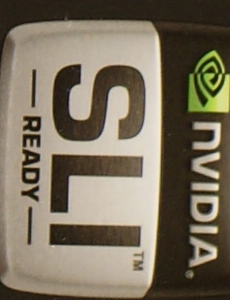
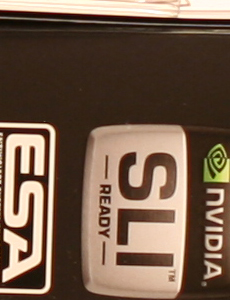
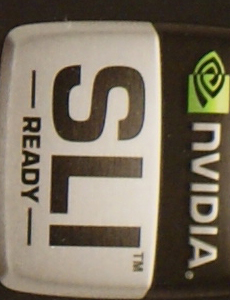
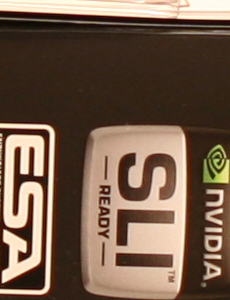
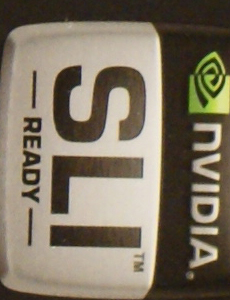
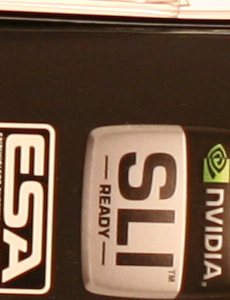
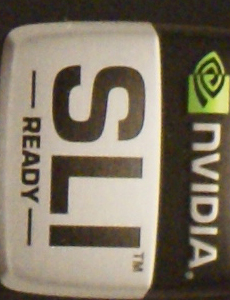
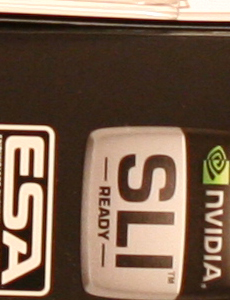

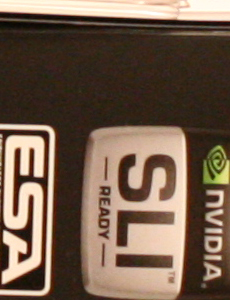
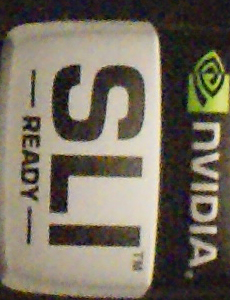
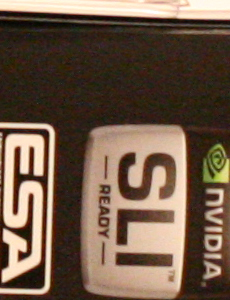
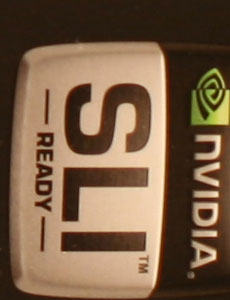
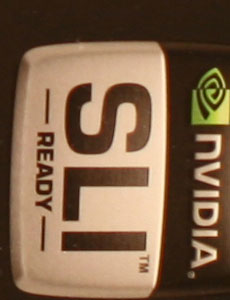
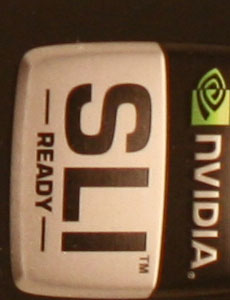
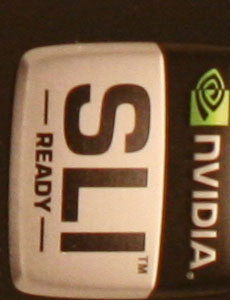
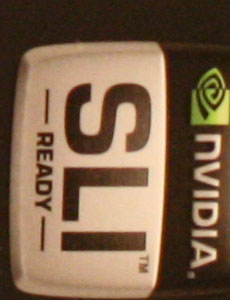
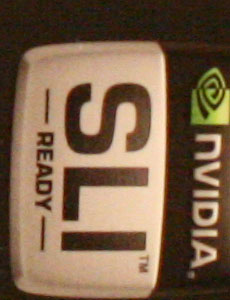








113 Comments
View All Comments
GoSharks - Thursday, April 3, 2008 - link
However, in a typical situation, I doubt anybody is using ISO100 in combination with a 2 second exposure. I do not believe this is a real-world condition.Wesley Fink - Thursday, April 3, 2008 - link
Agreed. That is another obvious concern. I am very happy to hear suggestiosn on what any of you feel are the best "real-world" test conditions. Nothing is set in stone at this point.Justin Case - Thursday, April 3, 2008 - link
It's beyond me why AT bothers with this. AT's photography articles are little more than rephrased sales brochures and spec sheets from the manufacturers. Most don't even have photos taken with the cameras (why do I need 7 or 8 photos of the camera itself? I can get that at the manufacturer's site, which is where you downloaded them from anyway), and the testing procedures are inconsistent and amateurish to say the least.There are dozens of photography sites out there that have tested these and a lot of other models, using relevant methods, and with reviews written by people with years of experience with all sorts of different cameras and all sorts of situations (film, digital, studio, wildlife, holiday snapshots, etc). Heck, there are forum posts at DPReview with more information and better test shots than all AT "photography" (meaning camera spec sheet) articles put together.
If you're not going to at least attempt to offer something that all those sites aren't offering, why bother? If you can't offer expert opinion, at least include a lot of samples, so people can get an idea of what each camera can deliver in different situations. As it is, these reviews seem like something out of a teenager's blog, put together in one afternoon, and reflect negatively on Anandtech's image of professionalism.
I guess it's all about filling the space between the ads...
Deadtrees - Thursday, April 3, 2008 - link
I'm amazed how the comparsions are poorly done.The more look at it, the more I find problems.
1.K20D - Saturation:Normal, Sharpness:High, Contrast:Hard
A100 - Saturation:Normal, Sharpness:Normal, Contrast:Normal
I hope you know those changing those parameters can impact image qualities. Let's see what's possible: I can turn down sharpness/contrast/saturation of camera A and turn up those values on camera B and come out with a conclusion that camera A produces blurry, faded colored, and low noise images with better dynamic range/tonal reponse, and than camera B.
2. K10D: 1.5 sec, 5D: 1 sec. (of exposure time)
Even after numbrous posts about setting the same exposure, you re-shot images with different expososure settings. As I mentined earlier, 5D and some other cameras has different ISO standards (ISO 100 being 125, 3200 being 4000) and along with different exposure mechanism, this could've resulted the difference as you used AV mode. However, you should've mentioned it if it's the case or just set the same manual exposure settings.
Also, what kind of long shutter noise reduction setup did you have? Without mentioning it and understanding it, the reivew of the samles are pointless.
Wesley Fink - Thursday, April 3, 2008 - link
Actually I reviewed the A350 and not the Sony A100, but I understand it was an honest mistake. I wish you could provide me the same courtesy.Frankly you would be amazed at the level of integrity at AnandTech in terms of presenting accurate data in as unbiased a manner as possible. Our ad agency is completely separate from AT and we don't even see data on who the biggest advertisers are. That is by design.
We have stated many times that we have no desire to mirror the large established photo sites. I have read and enjoyed them for years, but they are not everyone's cup of tea. Most of our readers are intimidated with the depth of info at the dedicated photo sites and they have asked us to provide reliable information at a lower level that is more accessible and requires less specialized knowledge. That is our intention.
I do understand the impact of noise reduction algorithms on image detail. I also understand the potential impact of adjustments in sharpness and saturation. I will use that knowledge to try to test DSLRs as fairly as possible, but delving deeply into those variables will not be a standard part of our reviews in the near future. Perhaps we will do more standard testing of those variables down the road.
Deadtrees - Thursday, April 3, 2008 - link
There're many things you need to know before you can be, at least, a fair reviewer. Reading your reviews and replies, I doubt if you even have a somwhat basic knowldges. When I said that certain cameras have different ISO standards, you had no idea what I was talking about. How can you make conclusions about any cameras noise level without knowing this?Not only that, what kind of reviewer tests image resolution/noise level using different aperture values?
On the other hand, do you know that noise reduction algorithm differs from brands to other brands? What's even more confusing is that even cameras from a same brand have different noise reduction system. For instance, noise reduction on Nikon D200 will kick in After ISO 400 even if you turn it off in the menu and it's not the same way in other Nikon cameras.
Without knowing this, you might just think that you tested cameras equally as you've had the same setup but it's not.
Before doing the test and writing up the review, did you care to know the noise processing mechnisms of those cameras? I doubt so.
Look at images from A350, in order to maintain low noise, it utilizes way too much noise reduction(more like smearing) that results great loss of deatils. Hell, it even looks like water painting. Sure, the noise is low but with the cost of loss details.
Given that, your saying "The good news about the sensor is that output is very clean and noise remains low up to ISO 1600" is quite thoughtless.
Again, you're the reviewer of Anandtech and that means something. It means you shouldn't write a review that is more like a blog posting of somebody on the internet.
I know it's a computer hardware site but the respect Anandtech has achived should reaim even in camera reviews. Readers shouldn't be the victim of amateurish reivews.
Heidfirst - Thursday, April 3, 2008 - link
"Look at images from A350, in order to maintain low noise, it utilizes way too much noise reduction(more like smearing) that results great loss of deatils. Hell, it even looks like water painting. Sure, the noise is low but with the cost of loss details."Experience with the A700 says that this can be due to the processing software used & afaik the A350 uses the same file format as the A700 - e.g. ACR does a poor job (in the same way that it did a poor job with the Oly E-3 until Adobe issued a patch for it) whereas e.g. Bibble handles it better.
So, at the end of the day we are not only comparing the individual sensor output but the camera's processing (& as mentioned there may there be also be differences between camera settings - e.g. what one calls a high setting may not be the same as that on another), the lens quality & how the processing software used handles the individual output.
That's quite a lot of variables to get a truly level playing field fora comparison.
Wesley Fink - Thursday, April 3, 2008 - link
Of course I knew what you were talking about when you mentioned ISO variance among cameras at the same ISO setting. I am always willing to listen to constructive criticism, but I have little patience with comments that are self-serving grandiosity. I have made a living as a PRO photographer - have you?You should also mention that almost every NEW camera that has been tested for ISO speed variation is today largely correct in the reported ISO. I am aware of the issue but its importance today is low and not that signigficant to our intended audience. The biggest offender was Canon, and their newer cameras are now testing correct as well. I doubt, however, that your real goal was to share information. It sounds from your tone that your goal was to belittle rather than educate or provide constructive criticism..
I don't know everything, but you haven't mentioned one thing that I don't understand, so please get off your soap box. We have stated many times that we have no desire to mirror dpreview. They are a terrific site for photo information and in-depth reviews. I have read and enjoyed them for years, but they are not everyone's cup of tea. Most of our readers are intimidated with the info at the dedicated old school photo sites and they have asked us to provide reliable information at a lower level. That is our intention.
I also briefly discussed the impact of noise reduction in the review and I am keenly aware of the ongoing discussion about the impact of noise reduction schemes on image detail. I also am aware the K10D is best RAW and the noise reduction algorithm is poor, but that is from my experience with the camera. I might add that the K20D behaves differently - from experience - but you don't know that yet because while I have done a first hands-on look at the K20D, the major photo sites haven't posted any real reviews of the K20D yet.
Yes, we made errors in this first real DSLR review, but we have worked diligently to correct them. I have just posted the crops and full images for the reshoot with the Sony A350, so all images are now consistent in shooting conditions and they can be fairly compared. I think you will find what I concluded in my initial review can now be more clearly seen in the crops and full images.
We are obviously too basic for your tastes and I wouldn't want your head to hurt with the drivel you see here. By all means continue to get the information you need from the current established photo sites. We are aiming to provide reliable information to a wider cross-section of users and we will not likely satisfy the level of detail you seek.
cputeq - Wednesday, April 2, 2008 - link
I just wanted to give you guys props for trying to "make things right" ;)We're all guilty of missteps sometimes (hell, I'm King Screwup..just witness my home improvement attempts!), so it's good to see you guys take this in stride and do what it takes to correct any apparent errors while also trying to improve the review.
So, I hope you guys don't get too disgruntled with some of the forum posts -- people type stupid crap on the web every day ;)
I look forward to seeing the reshoot -- and yeah, btw, the proper crops are now showing up for me on page 6. All I have to say is "wow". The ISO 400+ crops are horrible for the Sony :( I'll be interested in knowing the culprit, as I couldn't imagine a camera of this caliber looking that noisy at 400.
While a smallish printout may not count, so people (like myself) are cursed and look for the smallest stupid details in pictures!
Thanks again for all you guys do!
Wesley Fink - Wednesday, April 2, 2008 - link
Your comments are sincerely appreciated. I suspect the f4 reshoot with fixed f4 aperture will fix the apparent Sony issues. THe first crops, with the Sony at f2 and the Pentax and Canon at 1.4, made the Sony look like the better camera, which is not the case. In the reshoots the K20D and 5D look more as you would expect. We will post the new A350 crops and images late tomorrow assuming the camera is received as promised.